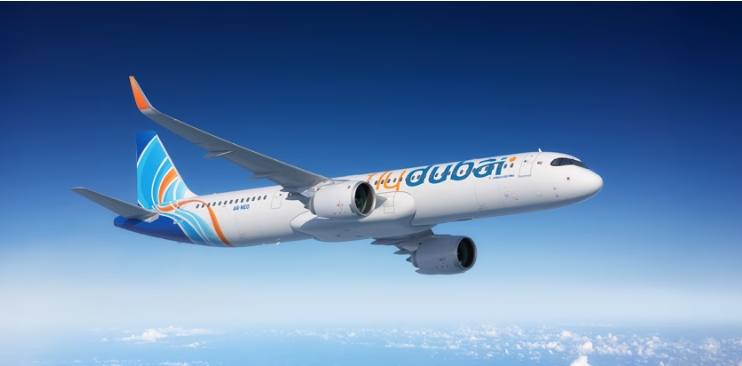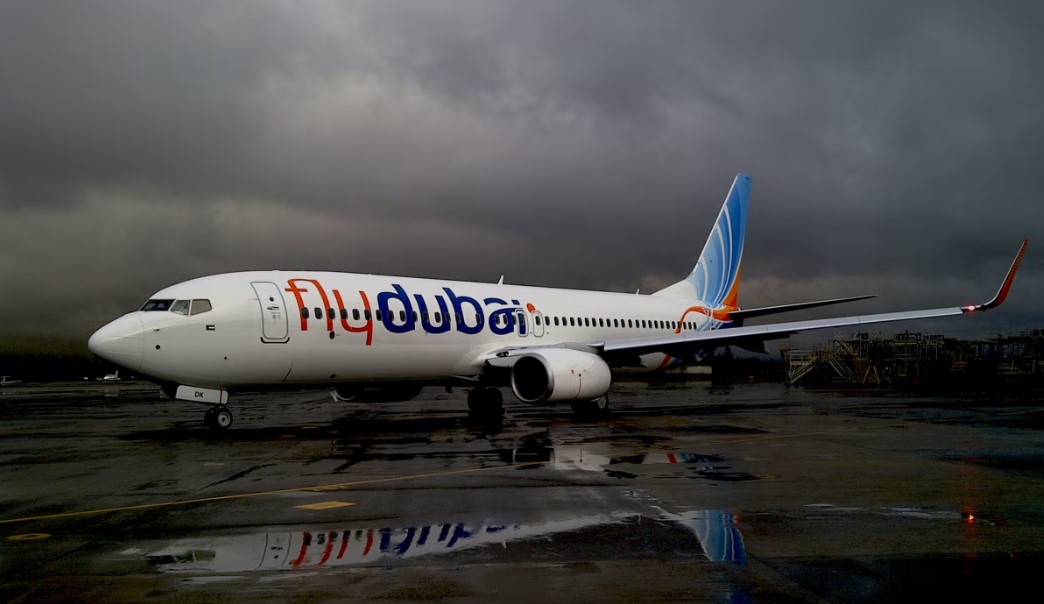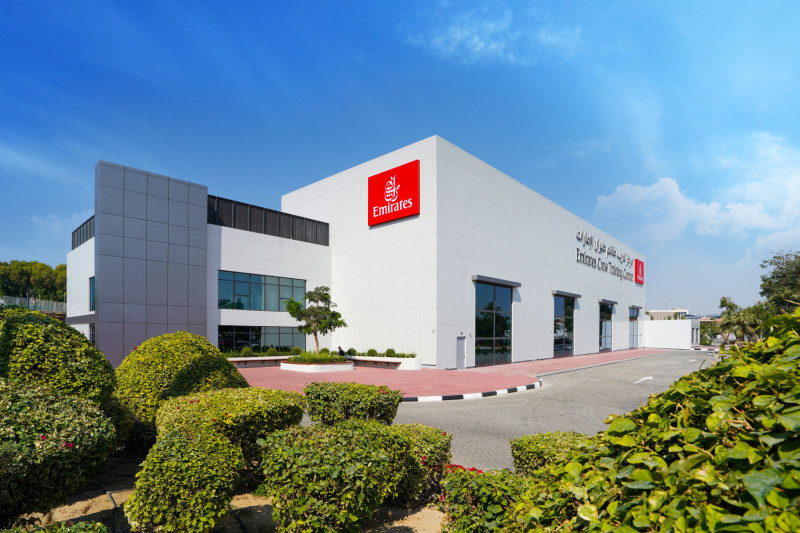Budget carrier flydubai stole the headlines at the 2025 Dubai Airshow, announcing a pair of deals that together make it the biggest single customer at the event and marking a major reshaping of its fleet strategy.
The deals come on the heels of the airline opening new routes and increasing number of flights on existing ones.
On Nov. 18 the Dubai-based airline signed a provisional agreement to buy 150 Airbus A321neo single-aisle jets in a deal valued at about $24 billion and backed by an option for 100 more, marking the first time flydubai has placed such a large order with Airbus and ending its long-running status as an all-Boeing operator
A day later the carrier signed a Memorandum of Understanding (MoU) with Boeing for 75 Boeing 737 MAX aircraft, with options for 75 additional MAX jets, a move the airline framed as complementary to its Airbus commitment and part of an overall growth push. The precise MAX variants to be delivered will be worked out in follow-up negotiations.
flydubai’s current operating fleet totals 96 Boeing 737s comprising 27 Next-Generation 737-800s, 66 737 MAX 8s and 3 737 MAX 9s and the airline says the new orders will underpin an ambitious expansion of routes and capacity in the coming years.
Company representatives offered short, pointed reactions on the stand. flydubai Chairman His Highness Sheikh Ahmed bin Saeed Al Maktoum said the Airbus deal will help the carrier “meet the increasing demand in our markets.” Airbus Commercial CEO Christian Scherer, seated alongside Sheikh Ahmed at the announcement, quipped: “What took you so long?” Meanwhile Boeing Commercial Airplanes president Stephanie Pope praised flydubai as “one of the world’s first 737 MAX operators” and said continued orders reflected the MAX’s “market-leading value and versatility.”
Executives cited several reasons for the flurry of orders. flydubai’s CEO, Ghaith Al Ghaith, said the A321neo’s range and size were decisive — the stretched narrowbody gives the carrier longer reach and more seats per flight than some existing types, enabling new point-to-point services and denser, higher-yield routes. The airline also flagged a strategic aim to diversify suppliers after years of being an exclusively Boeing customer and to support Dubai’s broader aviation growth plans, including hub expansion and more international connectivity.
Analysts say the combined Airbus and Boeing commitments if finalized will transform flydubai from a regional narrowbody operator into a much larger network carrier, with the speed of deliveries and financing terms likely to determine how quickly routes and frequencies expand. For now, flydubai leaves the Airshow with the biggest order tally and a clearer roadmap for rapid growth.
The Airbus A321neo typically seats 180–220 passengers in a two-class layout, and up to 244 passengers in a high-density configuration.
The Boeing 737 MAX capacity depends on the MAX variant: for example, the 737 MAX 8 seats roughly 162–178 in two-class config; the 737 MAX 9 seats about 178–193.
If we assume flydubai’s future aircraft will be configured for relatively dense operations (as is common for low-cost or high-utilisation carriers), the A321neos might carry toward the upper end of their capacity range, and the 737 MAXs similarly on the higher side, but the exact numbers will depend on flydubai’s chosen cabin layout (economy vs two-class).




